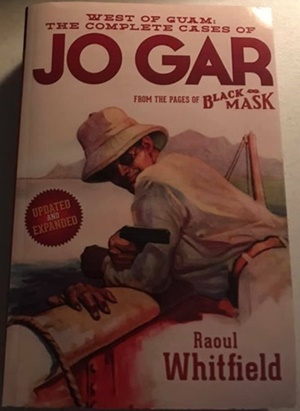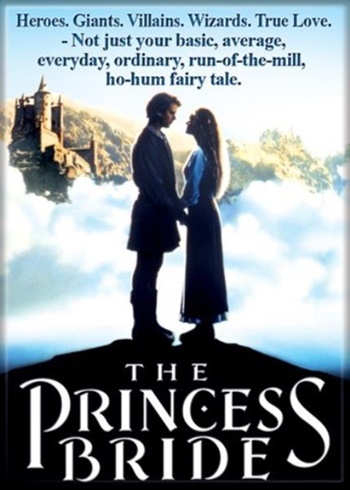Hercules: Hero and Victim, Part 2
|
|
Today I’m going to finish up my 2-part article on Hercules (Part 1 covered his origin, his “twelve labors”, and his growing wisdom). Once again, I will quote from Bulfinch’s Mythology (a series including The Age of Fable, or Stories of Gods and Heroes), by Thomas Bulfinch; God, Heroes and Men of Ancient Greece, by W.H.D. Rouse; and Mythology, by Edith Hamilton. For this second part, I’ve also sourced Sophocles’ Trachiniae and Ovid’s Metamorphoses Book IX.
As I mentioned in the previous post, I had the good fortune as a kid of seeing, in their first theatrical showings, Hercules (1958) and Hercules Unchained (1959), both starring former body-builder and Mr. America, Steve Reeves; as well as Ray Harryhausen’s classic, Jason and the Argonauts (1963), where an older Hercules was wonderfully portrayed by Nigel Green. These led me to my grade school library, where I borrowed and devoured every book on Greek and Roman mythology I could find. In high school and afterward, I discovered such books by such scholars as Edith Hamilton, Thomas Bulfinch, W.H.D. Rouse, Norma Lorre Goodrich, Michael Grant, Carl Fischer, and Sir Richard Burton. Thus, Hercules was my introduction to Greek Mythology, helped along by what my Dad knew and told me. Later, I became interested in Norse, Celtic, and other mythologies, which eventually led the way to Sword and Sorcery, and Heroic Fantasy.
This post will cover Hercules’ temper, tragedy, and passing.
…
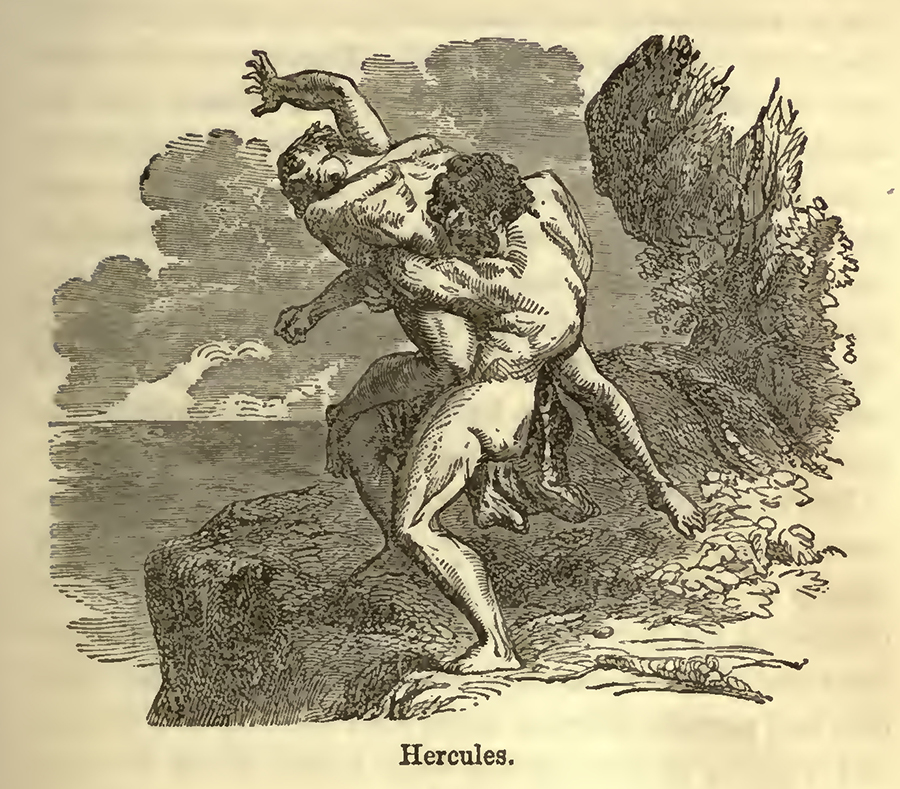
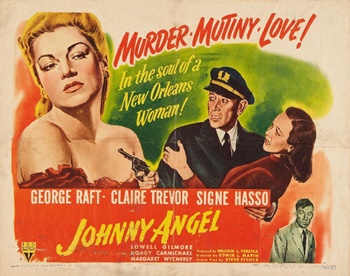
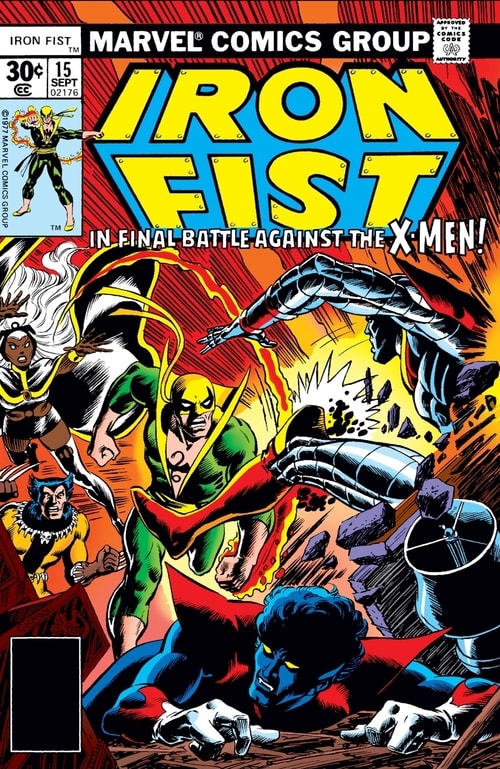
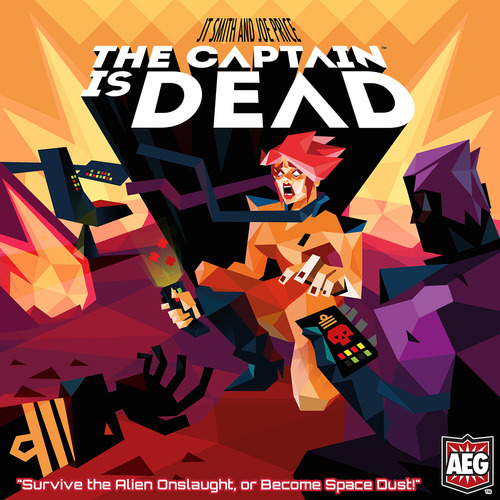 Anyone else feel like we’re living in a Golden Age of board games? Or have I just been playing more because of COVID? We’re spoiled. Gone are the days of cutting out your own cardboard counters and coloring in your own dice with a crayon.
Anyone else feel like we’re living in a Golden Age of board games? Or have I just been playing more because of COVID? We’re spoiled. Gone are the days of cutting out your own cardboard counters and coloring in your own dice with a crayon. 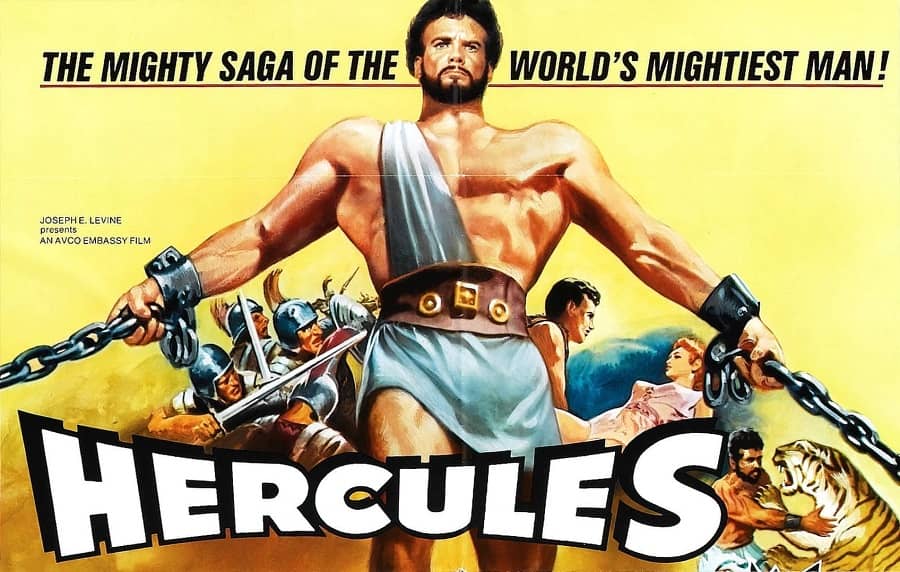
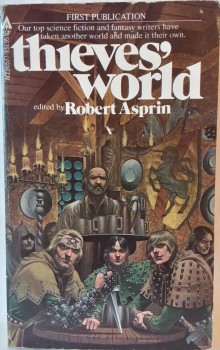
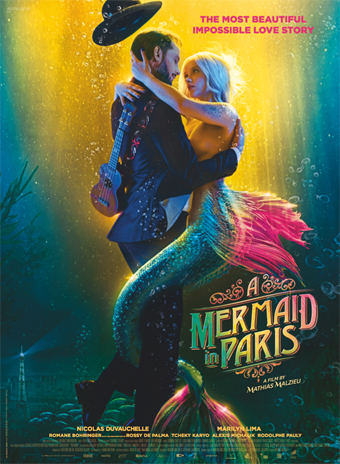 Back in my 2014, my first year covering the Fantasia Festival for Black Gate, I reviewed an animated movie called
Back in my 2014, my first year covering the Fantasia Festival for Black Gate, I reviewed an animated movie called  Consider if you will the high school story. By which I mean a story set at a high school, usually involving some members of the student body. It’s relatively unusual for these kinds of stories to be about actual academic achievement, or to put more than maybe one or two members of the faculty in the foreground. It happens, of course. But usually high school stories are about the students, and their lives and interactions, with classes and teachers and adults as external factors that can be used to shape the story but are ultimately incidental to it.
Consider if you will the high school story. By which I mean a story set at a high school, usually involving some members of the student body. It’s relatively unusual for these kinds of stories to be about actual academic achievement, or to put more than maybe one or two members of the faculty in the foreground. It happens, of course. But usually high school stories are about the students, and their lives and interactions, with classes and teachers and adults as external factors that can be used to shape the story but are ultimately incidental to it.